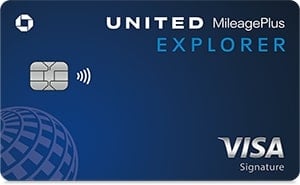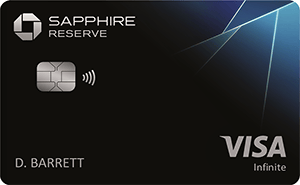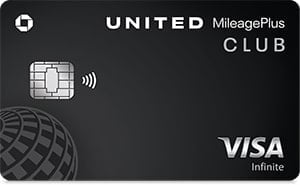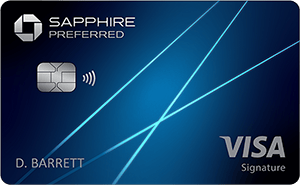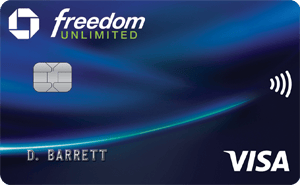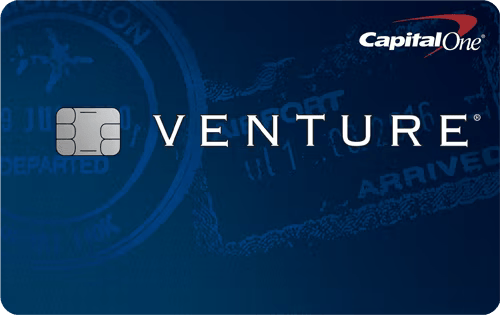What Is a Nexus Card and When Should You Use It?

Many, or all, of the products featured on this page are from our advertising partners who compensate us when you take certain actions on our website or click to take an action on their website. However, this does not influence our evaluations. Our opinions are our own. Here is a list of our partners and here's how we make money.
A Nexus card is a form of identification that can be used instead of a passport or a permanent resident card when entering Canada or the U.S. To get a card, travelers will have to apply for Nexus, which is a Trusted Traveler Program similar to Global Entry and TSA PreCheck.
Those who are approved for a Nexus membership receive a Nexus card. The main difference between a Nexus card and U.S. passport is where each is accepted. Nexus cards are accepted at U.S. and Canada land borders, Canada's airports and U.S. airports with Canada preclearance locations. Alternatively, a passport can be used to travel across most international borders.
What is the Nexus card? Here’s what else you need to know about the Nexus card.
What is a Nexus card?
Nexus was created for low-risk, preapproved travelers to help speed up border crossings between Canada and the U.S. All Nexus members receive a Nexus card when their membership is approved. The card can be used when entering the U.S. or Canada.
As a Nexus member, you bypass the regular line of travelers and enter a special security/customs line when you arrive in either country. These lines are typically much shorter, and the process is much quicker.
Nexus also offers the benefits of Global Entry at no additional cost. Nexus members can use Global Entry kiosks when entering the U.S. and also have TSA PreCheck benefits.
In addition, the Nexus card can be used in place of a passport when traveling between the U.S. and Canada. Be aware that when traveling by air from Canada to the U.S., you can use your Nexus card at Canadian airports with a U.S. preclearance area only. If the airport doesn't have a U.S. preclearance area, you'll have to use your passport to access your Nexus benefits.
» Learn more: 4 key differences between a passport card and book

How much does a Nexus card cost?
Nexus membership costs $50 for five years, but the Nexus card is free with membership. There are several credit cards that reimburse the Nexus membership fee:
$99.
$0 intro for the first year, then $95.
$550.
$525.
Global Entry, TSA PreCheck® or NEXUS Statement Credit of up to $100 every 4 years as reimbursement for the application fee charged to your card.
Statement credit of up to $100 as reimbursement when you charge the application fee for TSA PreCheck, Global Entry or NEXUS to the card. Available once every 4 years.
Statement credit of up to $100 as reimbursement when you charge the application fee for TSA PreCheck, Global Entry or NEXUS to the card. Available once every 4 years.
Up to $100 Global Entry, TSA Precheck or NEXUS fee credit.
If you frequently travel between both countries, consider one of the cards above to get your membership fee reimbursed.
» Learn more: 8 credit cards that reimburse Nexus
Who is Nexus right for?
Although Nexus and Global Entry share many features, the Nexus card might be a better option if you:
Travel frequently between the U.S. and Canada by both land and air.
Travel with children. Nexus is free for those younger than 18, while the $100 fee for Global Entry is the same for everyone, regardless of age.
Don’t have a travel rewards credit card that will reimburse the Global Entry membership fee. Nexus is half the price of Global Entry, so if you’re paying out of pocket, Nexus can save you some cash.
» Learn more: Global Entry vs. Nexus
Who should skip the Nexus card?
The main reason you might want to pass on the Nexus card is because the final step in the application process is an in-person interview. These interviews occur at a handful of places only, including select U.S.-Canada land border crossings and airports in Canada.
If you'll have a difficult time making it to one of these locations, the Nexus card might not be a good choice for you.
» Learn more: What is Global Entry and how do I get it?
How to get a Nexus card
Nexus membership is open to citizens and permanent residents of both Canada and the U.S., as well as Mexican nationals who are members of Mexico’s trusted traveler program, Viajero Confiable.
To get your application approved, you need to prove that you’re a low-risk traveler. This step includes verifying that you:
Haven't been convicted of a crime.
Have no outstanding warrants.
Aren't subject to an ongoing investigation by a law enforcement agency.
Haven't violated customs, immigration or agriculture-related laws.
Both the U.S. and Canada need to approve your application. Once it's approved, you'll set up an appointment for an in-person interview, which can be held at border crossings in Canada and the U.S., as well as Canadian airports.
Consider scheduling your interview at a smaller location, as these tend to be less booked.
Final thoughts on Nexus cards
The Nexus card is a great option for people who travel frequently between the U.S. and Canada. In addition to offering the same benefits as Global Entry, the Nexus card is less expensive and can be used for both air and vehicle travel between the two countries.
However, the application process includes an in-person interview. If it would be a challenge for you to get to one of the limited interview locations, you may want to skip the Nexus card and apply for Global Entry.
How to maximize your rewards
You want a travel credit card that prioritizes what’s important to you. Here are some of the best travel credit cards of 2024:
Flexibility, point transfers and a large bonus: Chase Sapphire Preferred® Card
No annual fee: Bank of America® Travel Rewards credit card
Flat-rate travel rewards: Capital One Venture Rewards Credit Card
Bonus travel rewards and high-end perks: Chase Sapphire Reserve®
Luxury perks: The Platinum Card® from American Express
Business travelers: Ink Business Preferred® Credit Card
on Chase's website
1x-5x
Points60,000
Pointson Chase's website
1.5%-5%
CashbackUp to $300
2x-5x
Miles75,000
Miles




